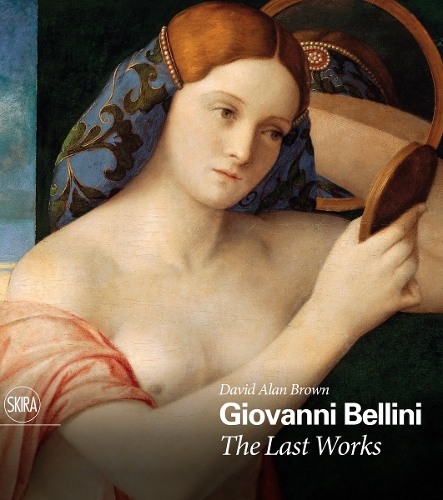
Giovanni Bellini: The Last Works
(Hardback)
Publishing Details
Giovanni Bellini: The Last Works
By (Author) David Alan Brown
Skira
Skira
1st February 2020
28th November 2019
Italy
Classifications
General
Non Fiction
759.5
Physical Properties
Hardback
400
2480g
Description
Giovanni Bellini (d. 1516) worked to the end of a long career that left an indelible mark on Venetian painting. His longevity and indefatigable devotion to his art created a problem for art historians, however, for he is one of those Quattrocento masters who remained active into the period we call the High Renaissance. But while his colleagues became irrelevant, Bellini, in the first decades of the Sixteenth century, continued to be creatively vital. Indeed, he flourished as never before.
Vasari and other early writers failed to distinguish Bellini's late works from the rest of his production. Focused on Titian as the quintessential "old age" artist, subsequent writers have also paid little attention to Bellini's late work as a separate phase of his career. Such studies as there are treat everything he painted after the turn of the century as a whole and in approximation to Giorgione, said by Vasari to have invented the "maniera moderna" in Venice.
To be properly understood, Bellini's pictures from the last decade and a half of his life must be divided into two separate categories. The six paintings he made during his final years (1513-16) constitute a distinct group that differs significantly from his previous works in style, support, subject matter, and mood. Bellini did not choose the subjects of his last pictures, which were stipulated by his patrons, but in a period in which he relied more and more on assistants, his decision to undertake and personally conceive and execute them points to a special commitment on his part to their creation. The Feast of the Gods (National Gallery of Art, Washington), dated 1514, and other works that follow it, like the Woman with a Mirror in Vienna and the Drunkenness of Noah in Bensanon, display a much expanded range of subject matter and a new degree of inventiveness. They reveal a great artist driven to excel still further, to explore new territory, and, in a burst of creativity, to make his final achievement.
New technical investigations have played a key role in grasping the novelty of Bellini's last works. The artist's great mythological canvas in Washington, in particular, has been the subject of a recent scientific investigation using the latest multi-spectral scanning technology. This study, undertaken by the scientific lab at the National Gallery of Art, marks a major advance in the technical analysis of works of art. And it literally sheds new light on the Feast of the Gods , allowing us to see more clearly than ever before images or motifs hidden below the paint surface. These details buried in the paint layers represent the artist's first ideas so the technical investigation makes a major contribution to understanding his creativity.
Author Bio
David Alan Brown , art historian, curator of Italian and Spanish paintings at the National Gallery of Art, Washington D.C.
